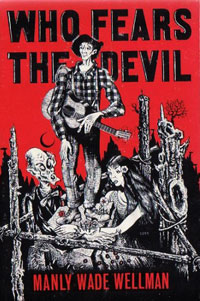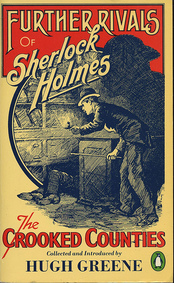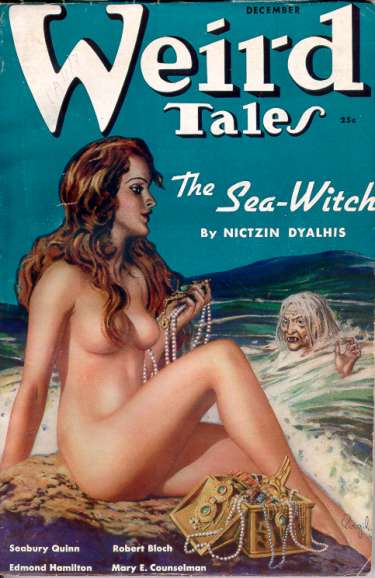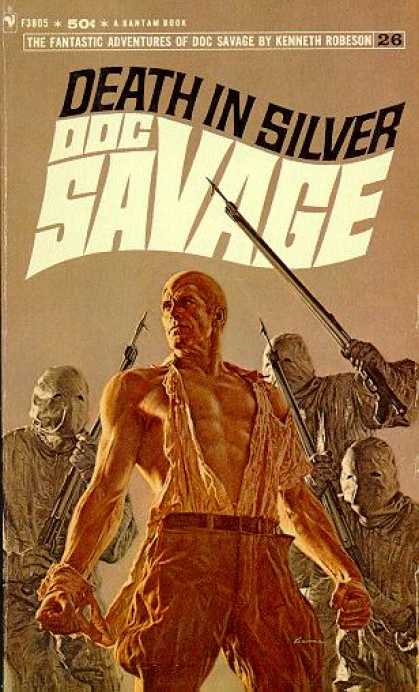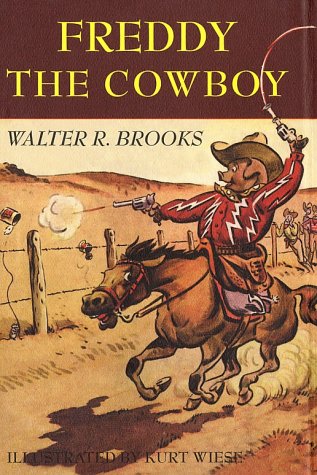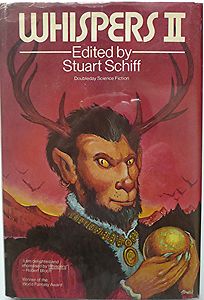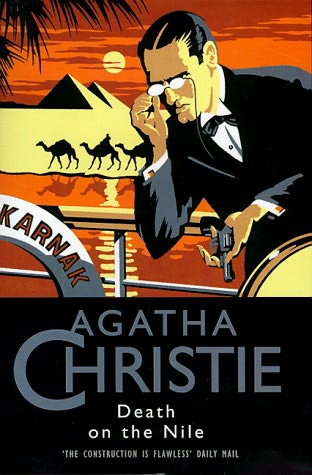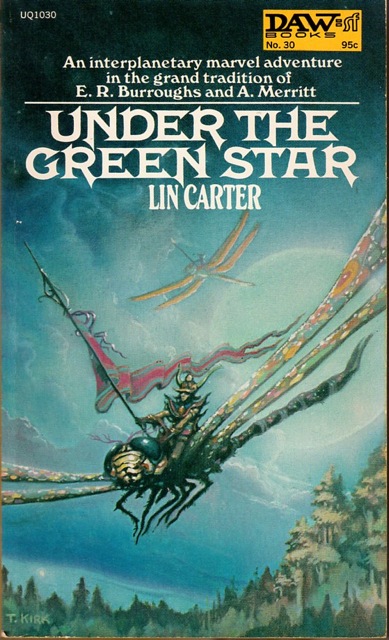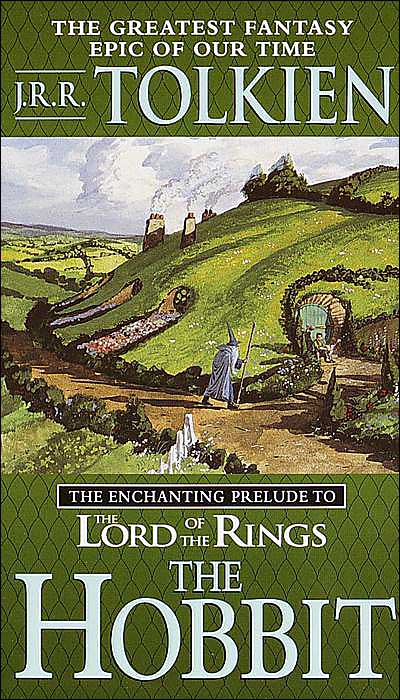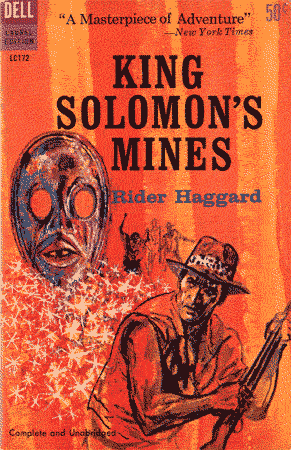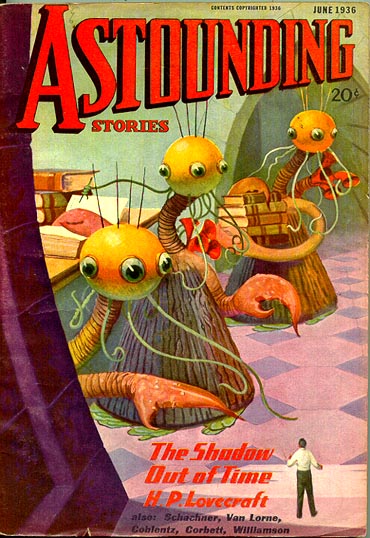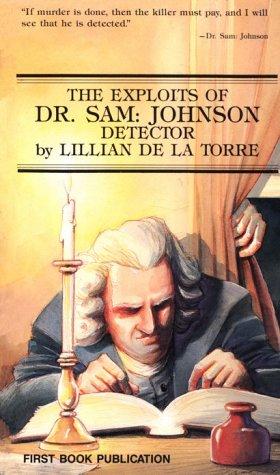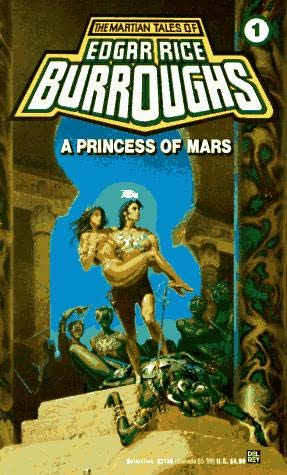A Gent From Bear Creek (1937) - The Breckenridge Elkins Western Stories of Robert E. Howard9/2/2013 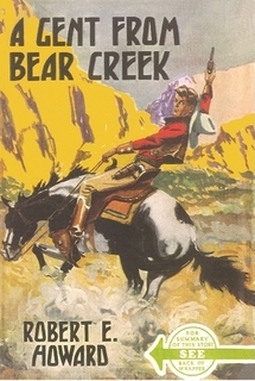 I've long been an admirer and reader of the excellent pulp fiction of Robert E. Howard, but his western stories are a recent discovery for me. Howard (1906 - 1936) of course is most famous for being the creator of Conan the Barbarian, Kull the Conqueror and Puritan monster slayer Solomon Kane, but he was adept (and prolific) at nearly every kind of adventure fiction genre imaginable. From his best known tales of sword-and-sorcery, planetary romance, and Lovecraftian horror, to boxing stories, sailor stories, "spicy" pulp heavy-breathers, historical tales of pirates and desert sheiks, "true detective" stories and private detective and cowboy yarns, there was nary a genre left untouched in his short but prodigious career. Howard wrote many western stories for pulp magazines such as Action Stories, Star Western, Argosy, Cowboy Stories and Western Aces, as well as other publications, but his 24 tales featuring good-natured, ridiculously strong giant Breckenridge Elkins seem to have been his most popular in the cowboy genre. These are "tall tale" westerns of a sort, nothing too grandiose ala Paul Bunyan, but definitely with tongue planted firmly in cheek. Howard gets the tone just right, and as usual for him, the stories are chock full of breathless action. Breckinridge is just a hilariously tough hombre, yet friendly, innocent and never looking for trouble...though he always seems to get into more than his fair share of it. He rides a huge, tempermental beast of a horse named Cap'n Kidd, and is a man of his word, loyal and true to a fault. So if his injured pappy tells him to go over the mountain and pick up his cantankerous Uncle Esau from the stagecoach drop in the little town of War Paint and bring him back to their family homestead for a visit, and to not take no for an answer...well, that's just what Breckenridge is going to do, come hell or high water. (From the story, "The Road to Bear Creek," originally published in December, 1934). Never having met his uncle, Breckenridge mistakenly grabs a notorious bank robber instead, and commences a very funny and frenetic string of events where "Uncle Esau" (real name, Badger Chisom) keeps trying to escape and gets the living tar pummeled out of him for his efforts. Here's a typical passage where Breckinridge and "Uncle Esau" stop off at a cabin and encounter fierce outlaw "Grizzly" Hawkins: I dropped my gun and grappled with him (Hawkins), and we fit all over the cabin and every now and then we would tromple on Uncle Esau which was trying to crawl toward the door, and the way he would holler was pitiful to hear. By the end of the story, when Breckinridge returns to his pappy's bedside with Badger Chisom, said varmint is a battered wreck. The real Uncle Esau eventually shows up and informs Breckinridge that not only has he unsuspectingly corralled famed robber Chisom, but in the process, two other bandit gangs have been laid low by the towering, youngest Elkins boy. "What are you goin' to do about me?" clamored Chisom. 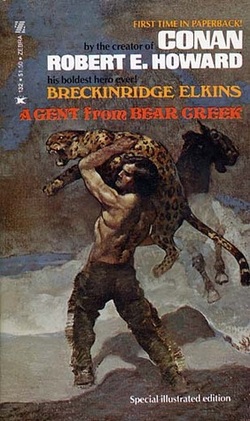 There are 11 additional stories in this collection, and each one of them is similarly rambunctious in style. Aside from the two dozen Elkins tales, Howard also wrote several stories featuring ancillary characters from the Bear Creek series, plus a handful of other, non-series stories. He also penned stories about Steve Allison, known as the Sonora Kid (most of these were published in book form in 1988). The Sonora Kid also showed up in some of Howard's splendid series of historical adventure tales featuring Francis Xaviar Gordon, a.k.a. "El Borak," a former Texas gunslinger turned adventurer in 1930s Afghanistan. Unlike the other king of adventure pulps, Edgar Rice Burroughs, Howard didn't produce many novels, instead focusing on turning out a massive pile of short stories and novelettes in a very brief span (nearly all of the Bear Creek stories were published between 1935 and 1937.) Distraught over the death of his mother, Howard committed suicide at age 30, a tragic waste of an immense talent. In the nostalgia boom of the 60s and 70s, most of Howard's works were collected and published, championed by admirers like Lin Carter, L. Sprague de Camp and Glenn Lord. I've enjoyed everything of Howard's I've ever read; his work is always characterized by vivid, muscular prose, lusty, larger-than-life characters and colorful action, and it's doubtful if he ever turned out a boring paragraph or dull story - in fact, he was probably constitutionally incapable of it. In my opinion, he belongs at the very top of the heap of pulp fiction writers, along with Burroughs, A. Merrit and a handful of others - the adventure writer par excellence. My Rating: A
6 Comments
Jeff
9/2/2013 04:01:28 pm
Thanks for reminding me to rate this one, Clayton! Oh, yeah, REH has incredible style to burn...
Reply
9/13/2013 11:12:09 pm
Jeff, excellent choice and review. I am familiar with this novel and even the fine cover. As you know, I love westerns and while I have been reading traditional writers of westerns (if you know what I mean), I have never read any westerns by REH, restricting myself to Conan and other fantasy stories; likewise with ERB who has also dabbled in westerns. I have read a few non-western stories by REH in some of the vintage pulp magazines that you mentioned and which are now in the public domain. You have definitely pushed me towards reading some of his westerns too. incidentally, I didn't know he took his life at the age of 30. Shocking, to say the least.
Reply
Jeff
9/14/2013 08:26:19 pm
Thank you for stopping by this less-trammeled section of my blog, Prashant - most appreciated! I know you're a big fan of western and pulp tales, and think you'd get a lot of enjoyment out of this particular volume of stories. While always being a big fan of film and TV westerns, it's only in the past few years that I've started to read and get into more western literature. These tales are quite humorous but he wrote plenty of straight-up western stories as well that are worth checking out.
Reply
9/15/2013 08:17:26 am
Wow, I had no idea he wrote westerns. I guess a lot of the pulp writers diversified, though. It made economic sense.
Reply
Jeff
9/15/2013 04:43:10 pm
Yeah, you're right, Kelly, REH wrote pretty much everything you could think of that would sell. He was pretty dang good at whatever genre he turned his hand to, so maybe he also enjoyed flip-flopping between genres.
Reply
Your comment will be posted after it is approved.
Leave a Reply. |
Welcome to the Armchair...
Look out the window. It’s a dark, cold, rainy day. Too nasty to go outside.
Better stay inside, read a good book. There’s a bookcase over to your left. Run your fingers over the spines. Books of all shapes, sizes and genres; hardbacks, paperbacks. Take your time browsing through the titles. No rush. Find something that feels just right. Now turn around. Over in the corner is a beat-up, black leather armchair. The leather is faded and cracked in places, the cushions battered. This chair has seen better days. But boy, does it look inviting... Next to the chair is a standing lamp and a small table. Plenty of room for a nice cup of tea, a plate of cookies, whatever’s your poison. So switch on the light, settle down with your book, open to page one, put your feet up, and let the author whisk you away to another world. Hey!
Be sure to subscribe to the RSS feed below, to be informed of new postings! Reading Blogs
My Reader's Block
Tipping My Fedora Killer Covers Pattinase At the Scene of the Crime Existential Ennui Complete Disregard for Spoilers Traditional Mysteries The Passing Tramp In Search of the Classic Mystery Novel Useful Websites
The Charlie Chan Family Home
The Agatha Christie Official Website The Stone House (The Gladys Mitchell Official Site) Categories
All
Archives
October 2014
|
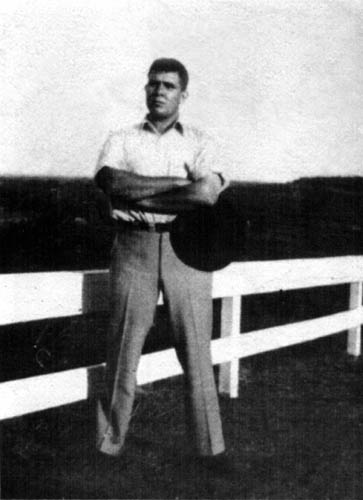
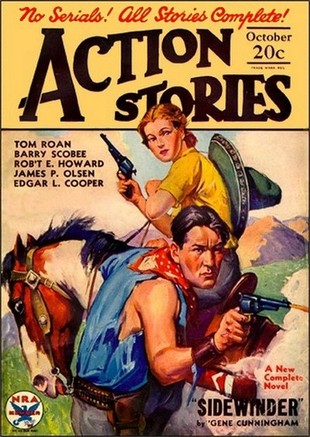
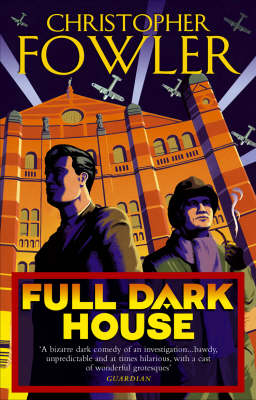
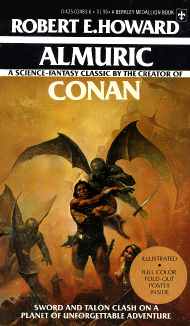
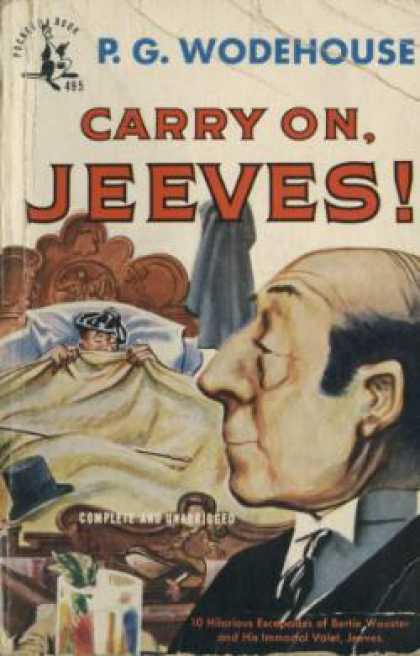
 RSS Feed
RSS Feed
